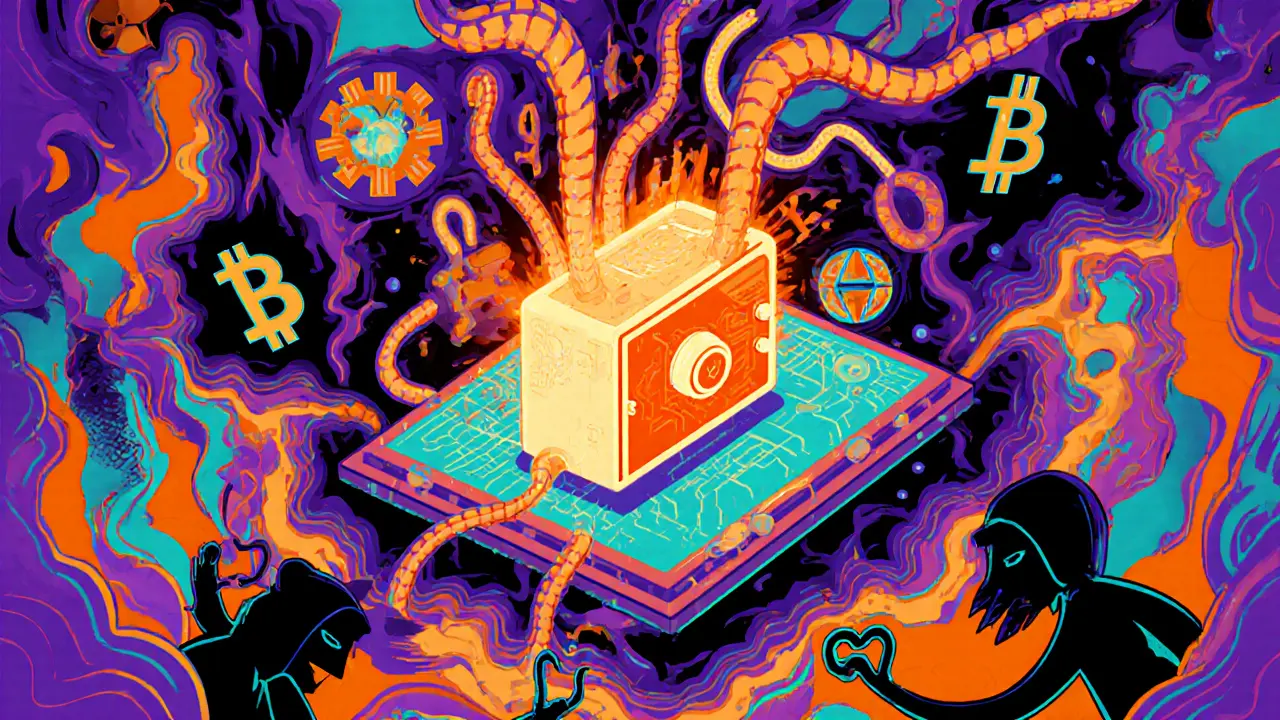Hot Wallet: What It Is, How It Works, and Why It Matters for Crypto Users
When you store crypto, you’re not just holding coins—you’re holding control. A hot wallet, a cryptocurrency wallet connected to the internet for easy access and transactions. Also known as a connected wallet, it’s the go-to choice for traders, active DeFi users, and anyone who needs to send or swap tokens quickly. But here’s the catch: if it’s online, it’s vulnerable. Every time you sign a transaction from a hot wallet, you’re exposing your private keys to potential attackers. That’s why it’s not a place to store your life savings.
Hot wallets come in many forms—browser extensions like MetaMask, mobile apps like Trust Wallet, or even desktop programs. They’re fast, user-friendly, and perfect for small, frequent trades. But they’re not meant for long-term holding. Compare that to a cold wallet, a hardware or paper wallet stored offline, isolated from the internet to reduce hacking risk. Cold wallets are like a safe in a vault; hot wallets are like keeping cash in your pocket. You need both, but for different reasons. If you’re staking on a DEX, swapping tokens on Uniswap, or claiming an airdrop like MetaSoccer’s MSU tokens, a hot wallet is your tool. But if you’re holding Bitcoin for years, you’re better off locking it away offline.
Security isn’t optional. Many of the scams and losses you hear about come from people using hot wallets without basic protections—no 2FA, reused passwords, or clicking fake links that steal seed phrases. Even if you’re just holding a few hundred dollars in ETH, treat it like real money. Use a trusted wallet, never share your recovery phrase, and double-check contract addresses before approving any transaction. The non-custodial wallet, a wallet where only you control the private keys, not a third party like an exchange is the gold standard. If you’re using a hot wallet, make sure it’s non-custodial. Platforms like JulSwap or Koinde might look convenient, but if they’re not transparent about how they handle keys, you’re not really in control.
Regulations are catching up too. In places like the EU, crypto businesses must comply with AML rules that track wallet activity. In India, even though non-custodial wallets aren’t banned, heavy taxes and unclear rules make using them risky. And in Qatar, while Bitcoin is banned, tokenized real-world assets are allowed—meaning your wallet usage might be legally restricted no matter how secure it is. Your hot wallet doesn’t exist in a vacuum. It’s part of a bigger system of rules, risks, and real-world consequences.
What you’ll find below are real-world guides on how to use wallets safely, spot scams disguised as airdrops, compare exchanges that force you into risky setups, and understand when to move your funds from hot to cold storage. No fluff. No hype. Just what works in 2025.
Understanding Different Types of Crypto Wallets: Hot, Cold, and Hardware Explained
Learn the differences between hot, cold, and hardware crypto wallets. Discover which type is best for trading, holding, or beginners - and how to avoid common security mistakes.
